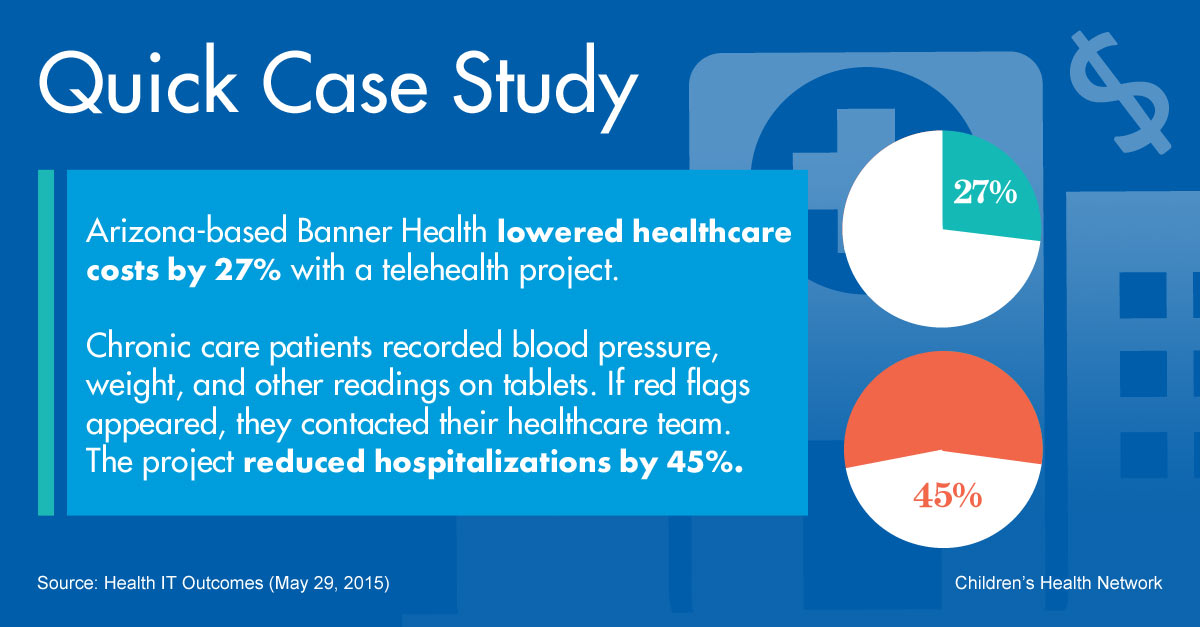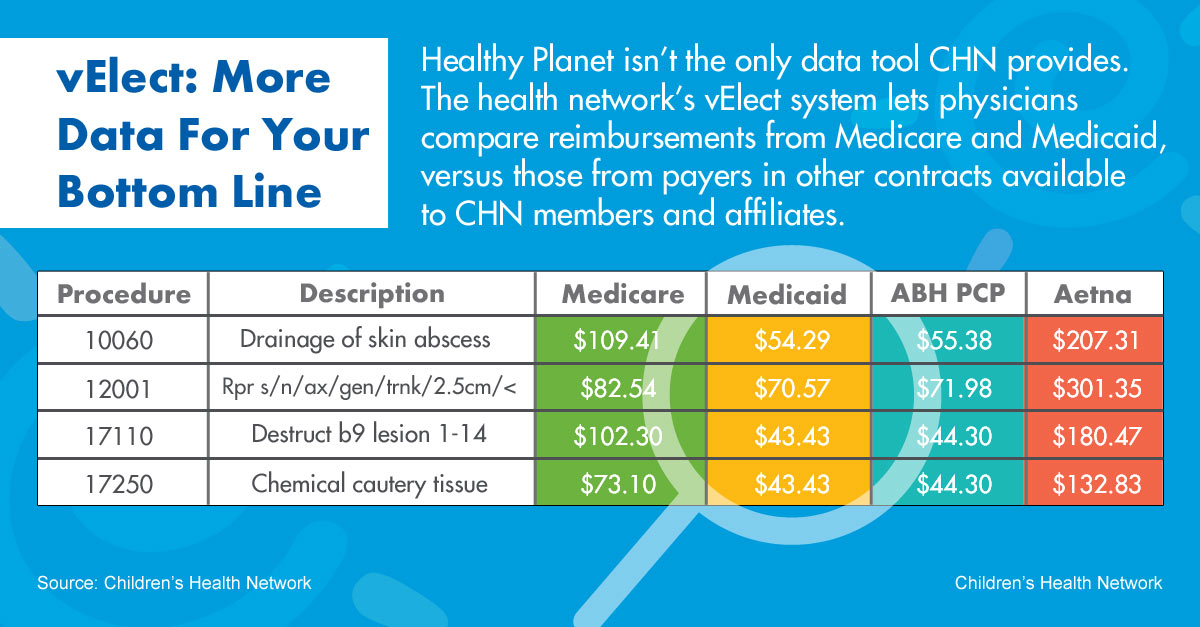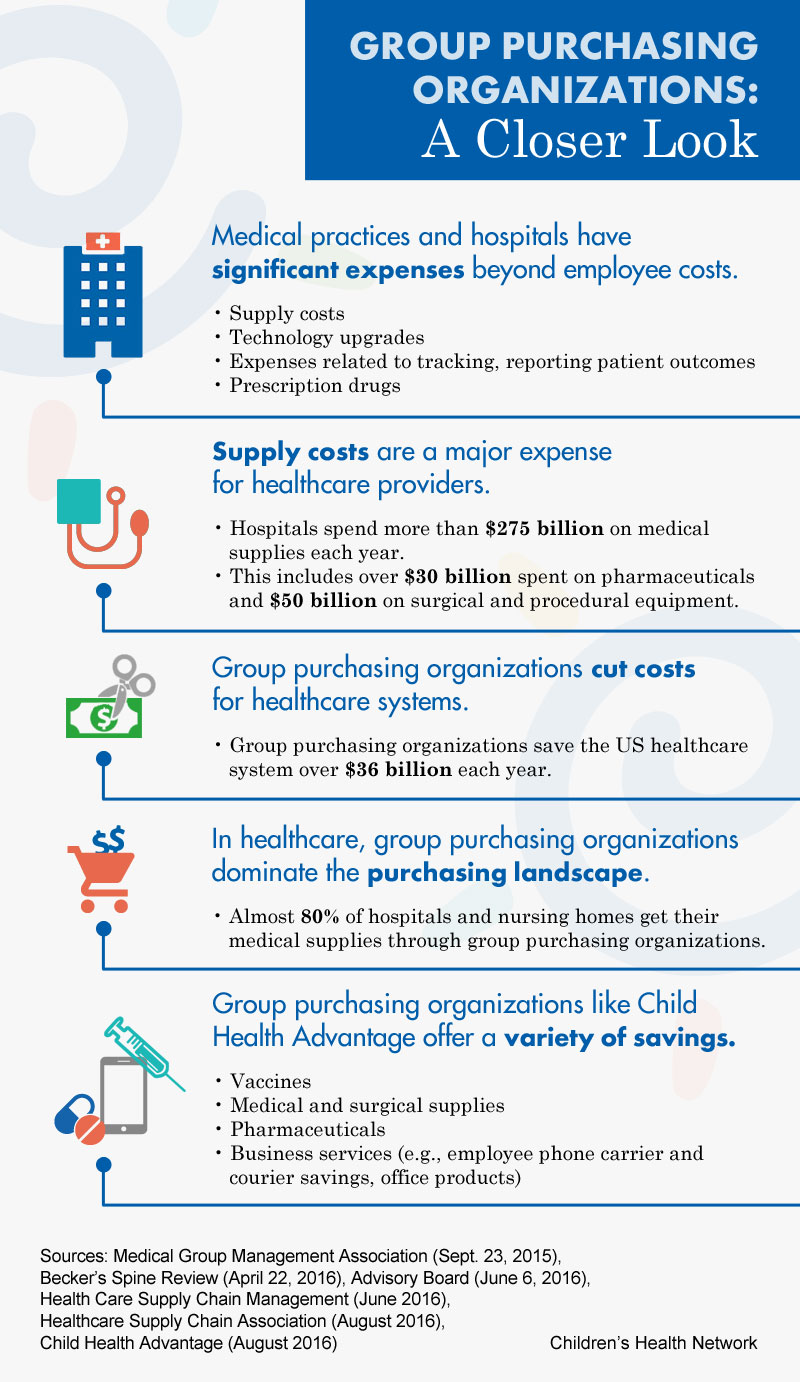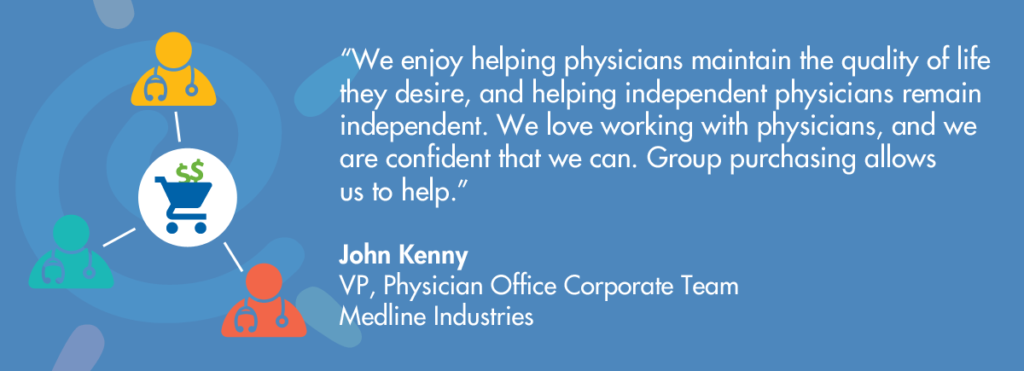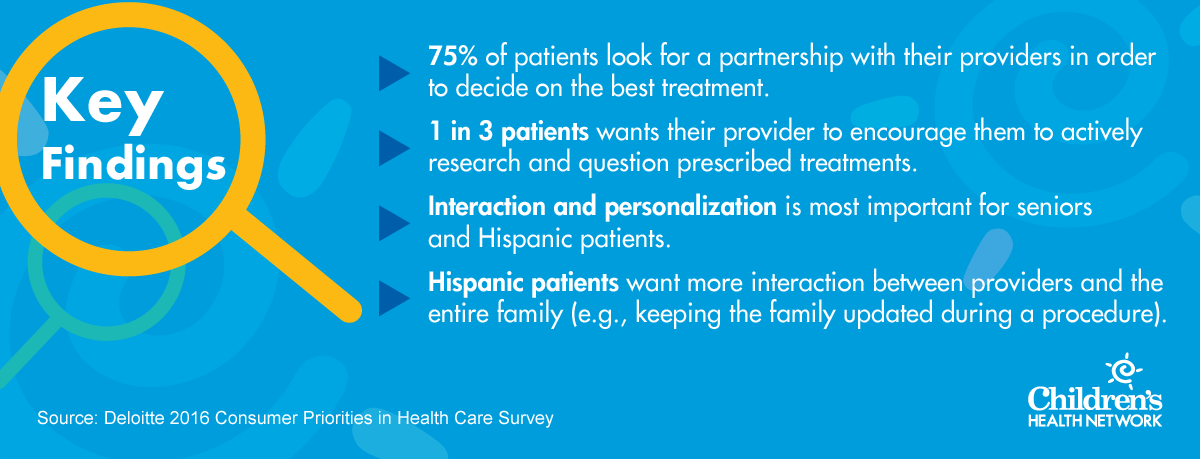As 2017 continues to unfold, the future of healthcare policy in the United States remains a mystery. What changes will Congress propose to the Affordable Care Act, how extensive will they be, and how will they affect independent physician practices?
Brad Brabec, M.D., Chairman of Children’s Health Network and President of Complete Children’s Health, an independent physician practice, shares his thoughts on how physicians can prepare for the months ahead.
Topic Breakdown
0:38—Reaction to election results
2:44—How independent physicians can be prepared for the future
5:07—Reasons physicians don’t always get involved in public policy
7:42—How a repeal of the Affordable Care Act might impact independent practices financially
10:27—How families can protect their continuity of care
Takeaways
- The future of US healthcare policy is widely unknown, among patients, lawmakers, and healthcare professionals alike.
- One of the most important steps that physicians can take to prepare for the changes ahead is to get involved with local medical associations, hospitals, and managed care organizations.
- Among the biggest frustration that physicians share is having direction for medical care dictated by policy-makers who are not physicians, and have never had experience in caring for patients.
- “How can we do more for less?” is a conundrum for healthcare professionals as we aim to lower healthcare costs.
- Quality care involves educating patients about health insurance, and helping them navigate it. Physicians should encourage families to stay in contact about changes to their insurance.
Transcript
CHN News: Hello, everyone. Welcome to the CHN podcast. We are speaking with Dr. Brad Brabec.
Dr. Brabec, can you give us an introduction to who you are and what you do?
Brad Brabec, M.D.: Absolutely. I’m a general pediatrician in a private practice, here in Nebraska. The practice is called Complete Children’s Health, which I first founded coming on 22 years ago, back in 1995, after having been in private practice for six years in Seattle, and having trained out there at a children’s hospital and medical center.
With regards to this practice, we have taken it from one office location to, currently, four office locations. We have plans to expand to a fifth office location in the next couple of years here in Lincoln, Neb.
What Is Happening With Healthcare Policy In The United States?
CHN News: The first topic that we want to talk to you about is, how to prepare for “whatever.” And this topic ties into the election results. We now have President Donald Trump, who is talking about — and in some cases already taking steps towards — changing a lot about our healthcare system.
First, let me ask you — do you remember what you were doing when the election results were coming through?
Dr. Brabec: Oh, boy. I was, interestingly, sitting intently in front of the TV most of the evening, listening very carefully. And then, I very clearly remember hopping into bed, getting ready to go to sleep, thinking, “Well, you know, this is probably not going to go the way we want it to.” But then, at about that time, starting to see, all of a sudden, how the election results were coming through …
And long story short — here it is, 3 a.m. and I’m still wide awake, and in disbelief in terms of what had happened with the results at that point in time.
And I’m not going to make any political comments, good or bad, about that, mind you. But at any rate, I was wondering, “What is this now going to mean for healthcare?” Because it was the same thing back in ‘94/’95, when I moved home. And again, remembering Hillary Clinton standing up there, showing her card, and saying, “You’re all going to have health insurance someday,” and thinking, “Here comes socialized medicine.”
Now, with the potential repeal of Obamacare, and with what may replace it — which will probably be known as Trumpcare or whatever — we are back into a similar mindset of the unknown that we had back in ‘94 and ‘95. And, so, again — your forecasting is going to be just as accurate as my forecasting at this point in time.
Preparing For The Whatever
CHN News: I think that’s what we want to get at. Because regardless of what side of the aisle you fall on, or what your thoughts are on the direction healthcare should take, there are always some things that independent physicians should be doing to prepare for “whatever.”
Can you talk a little bit about some of the changes, or some of the practices, that independent physicians need to just establish as habits to be prepared, regardless of what happens with the Affordable Care Act?
Dr. Brabec: Well, I think most importantly, you have to be involved in some degree or another, and not sit back and be complacent in letting it come to you, more than ever before. And I think that that comfort level and that experience comes with time.
I mean, I’m coming on 28 years in private practice this summer. I would tell everybody, regardless of whether you’re just starting out or you’ve been in practice, “You really need to stay involved. Get involved and stay involved, if you can.”
That means, certainly, with your local medical society — in Nebraska’s case, the Nebraska Medical Association. But I think also with your local healthcare systems. What are they doing to prepare for it? How are they reacting to it? Are they starting to hire more of their own physicians, or are they developing other practices?
Be involved in your pediatric divisions within the hospitals. But more importantly, try, if you can, being involved, to some degree, with the various managed care organizations that are around. So you have some idea about what’s going on.
We also have to understand that in the state of Nebraska, in particular Lancaster County, 40% of our kids, approximately, are on Medicaid. In Lancaster County and the Lincoln area, that pretty much mirrors national statistics. Approximately 40% of our kids in the United States are on Medicaid, so that’s almost every other child.
And it’s very important to be involved with the various managed care organizations. Be involved in committees that will also start to determine quality care parameters and indicators. And try to be in the forefront of those things that are happening with these various managed care organizations.
CHN News: What is the top excuse that you hear physicians give for not being involved? And not going to those meetings, and not being involved in those committees? What are the excuses that some physicians give?
Dr. Brabec: Well, I think that some of the issues you hear are that they’ve maybe been involved in the past, and they feel frustrated. That they were trying to move mountains, and just weren’t able to do so. That they weren’t being listened to.
That you have organizations that have non-medical, non-physician, and non-provider-related people making decisions about the type of care that’s going to be delivered. And I would probably say that’s the most frustrating thing you encounter as a physician, having the type of care being dictated to you.
In particular, being dictated to by somebody who is a non-provider, and hasn’t been involved in direct medical care to serve a patient, and seeing how that gets shaped and formed — and sometimes, not in the best interest of patient care.
Also, the amount of paperwork nowadays that physicians are having to fill out has become monumental. I just recently spent the other day on a child with chronic healthcare needs for a healthcare plan — I spent basically about an hour and fifteen minutes filling out the paperwork for continuing medical care on this child. And all of it obviously not being reimbursed, as well.
So there’s the amount of paperwork, and rules and regulations that have continued to get put forth here through the years, making it more frustrating. Making it more tiring to want to continue to work adequately in medicine.
You’ll hear doctors say, “I just want to take care of my patient. I just want to see my patient, and take care of my patient.” And then I think, you have the increasing concerns about medical legal and malpractice occurrences and situations. That, to this day, has continued to result in the practice of defensive medicine. That, also, will continue to worry many of our fellow providers.
Repeal, Replace, Reassure
CHN News: So, let’s say the Affordable Care Act is repealed. And you mentioned being able to have a strategy, you mentioned having foresight. How would you foresee that impacting independent practices financially, if the Affordable Care Act is really repealed?
Dr. Brabec: Well, what’s being talked about nowadays with many of your managed care organizations and your hospitals, and then again within your physician groups and independent physicians, is basically this concern:
We want to reduce healthcare costs. But when you’re looking at almost 18% of your gross domestic product, $3.2 trillion in healthcare expenditures in 2015, and only 11.8% of that spend being on pediatrics in particular — when you look at how you’re going to decrease the cost of care, improve the quality of care, improve the patient experience, impact the health of a population of people — you’re going to have to learn to do it with less money, in general.
Somebody’s going to have to end up getting paid less, whether it’s the hospital, whether it’s the physician. And I think that that’s the hard part for all of us to swallow, who are in practice at this point in time — how are you going to get by doing more for less? Because how else are you going to decrease the cost of care that’s being delivered to somebody?
So, I think that’s the hardest part that I see hospitals struggle with. That’s the hardest part that I see physicians struggle with.
And it’s going to take an evolution of how we deliver that care over a period of time, that needs to occur with regards to, in particular, working much more closely with the carriers.
And then, the states that administer Medicaid, see how you can achieve the triple aim, and hopefully decrease the cost of that care. It has got to be a really strong coming together at the table, more than anything.
CHN News: For the patients, who are concerned about losing their current coverage and having to go to different physicians, and reestablish those relationships—what do you tell them? What do you do to reassure them?
I certainly know of families who have had a new physician every year for the last three years. They have had to switch physicians or switch practices because their insurance changed. What can you say to those families to help ensure that their continuity of care will go uninterrupted and go smoothly, and their children can still get the care they need?
Dr. Brabec: What we appreciate is families staying in touch with us constantly about what’s happening with their health insurance. Because sometimes, we’re not aware ourselves, as providers, what’s happening, what’s being offered out there.
We just recently encountered this, as a matter of fact. In a matter of two weeks, we had nine families contact us and say, “We want to keep you as our children’s provider, and the medical practice for our children, but we have just picked a new commercial product that’s being offered and is brand new in the market. And we don’t see you on the provider list.”
And so that resulted, obviously, in phone calls to the provider. Through families contacting us and keeping us aware of situations like that — that was a situation where we were able to negotiate and contract with the commercial carrier on a product, that we had no idea what the impact could be financially to our practice. Fortunately, it wasn’t a significant issue that we had to deal with at the time.
But tell those families to let us know, and let them know: If you have any questions about your insurance — because insurance is very complicated — we want to try to be the providers who can educate our families on insurance, and hopefully help to guide them.
It’s a very, very complicated world out there at this point time with regards to how you navigate your insurance.
There was a study that was done that showed people will change their primary care physician for as little as $600 a year in savings on their health insurance plan. So that’s also something that we have to be very cognizant and mindful of.
That families who are looking for less expensive payments in their premiums, and their deductibles, and things like that — we have to realize that sometimes, despite the loyalty and care that we hope we’re providing — for some families, that is a significant dollar amount that may be necessary for them to make that choice and decision.
So, we’re hopeful that we can continue to help educate them and provide triple-aim medical care for them. And that’s an education process for these families more than anything.
CHN News: You’ve been listening to the Children’s Health Network podcast. That was Dr. Brad Brabec, President of Complete Children’s Health in Omaha, NE, and Chairman of Children’s Health Network.
Thanks so much for listening.
This podcast was brought to you by Children’s Health Network.
